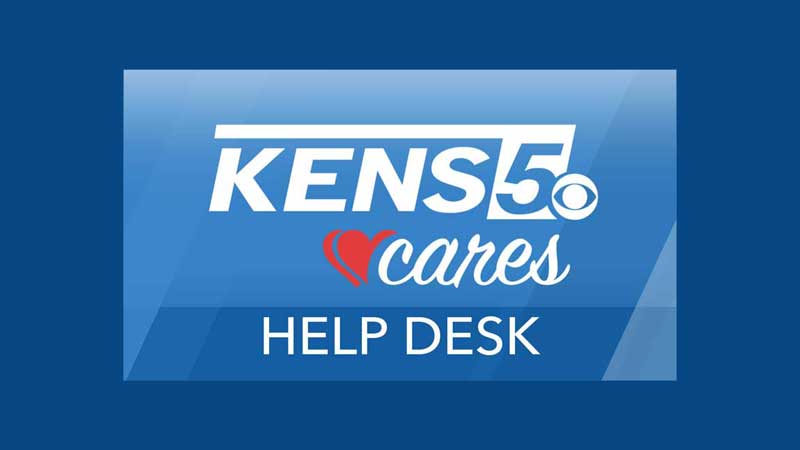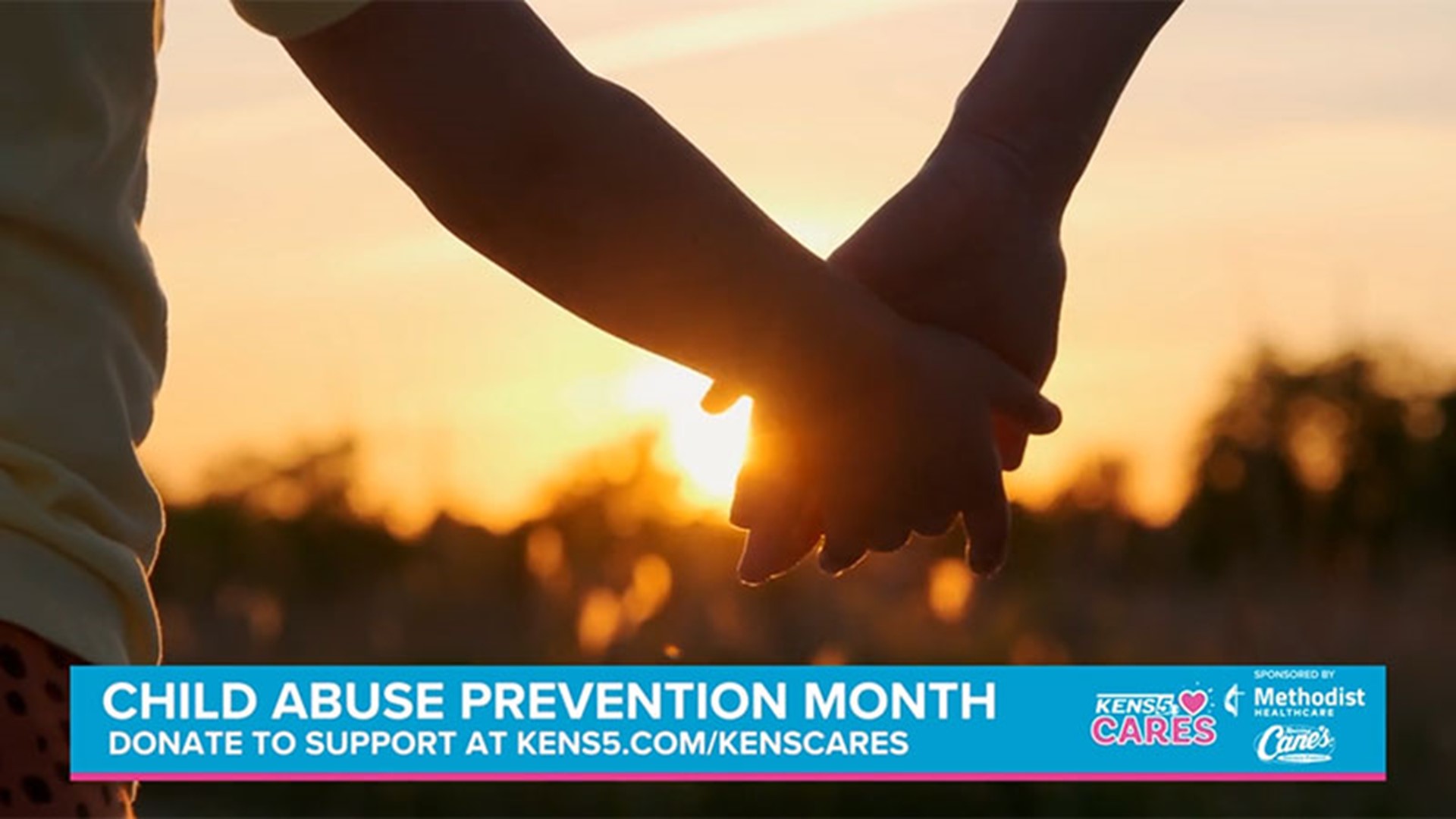HOW TO BE PREPARED
What should go in my Hurricane Kit?
Always have a flashlight, fresh batteries, first aid kit, medications, garbage bags, duct tape, matches, rain gear, extra blankets and clothes on hand in case of an emergency.
Do I need to get food or water?
Definitely. You’ll want to store a gallon of water a day per person for your family in case the water service is disrupted. As food is concerned, have enough for you and your family for three to seven days in case of severe flooding and power outages.
What should I do about my pets?
If they live outside, bring them in. Make sure you have enough food, water and medication stocked.
Should I fill my bathtub?
It is not necessary but doesn’t hurt in case the power goes out and you need extra water for various uses.
Should I take money out of the bank?
Yes. In case the power goes out it might take banks and even some stores time to reboot their systems. It’s always helpful to have cash on hand.
Do I need to board up my home in San Antonio?
If you live in a mobile home you might want to consider either anchoring down, moving or boarding because 50 to 60 mph winds could still do some structural damage. For a regular structure, apartment complex and sing-family home with a regular-style roof, you’re safe.
The closer you get to Cuero, Goliad, Victoria area you might want to consider boarding your windows.
I have a flight out of San Antonio, is my flight cancelled?
This depends on the airport and airlines. To see if your flight it cancelled, visit the San Antonio Arrivals and Departures page.
For more, see How to be prepared for Hurricane Harvey.
WHEN WILL MY AREA BE AFFECTED?
Wondering when Harvey will impact your area? From Seguin to Bandera to Del Rio, you can find up-to-date the radars below:
For desktop users CLICK HERE
For mobile users CLICK HERE
Download on Apple: http://apple.co/1WDrgE2
Download on Android: http://bit.ly/2w4Xkqm
HOW DO HURRICANES WORK?
How are hurricanes ranked in category?
A tropical cyclone becomes a hurricane when sustained winds reach 74 mph.
A category 1 hurricane has winds of 74-95 mph.
A category 2 hurricane has winds of 96-110 mph.
A category 3 hurricane has winds of 111-130 mph.
A category 4 hurricane has winds of 131-155 mph.
A category 5 hurricane has winds of 156 mph and greater.
Why are hurricanes named?
According to National Ocean Service, storms are given short, distinctive names to avoid confusion and streamline communications. A tropical cyclone is given a name when it becomes a tropical storm. It also helps prevent confusion when there is more than one tropical storm or hurricane occurring at the same time.
What does an average hurricane season mean?
An average hurricane season brings 10.6 tropical storms. Six of those become hurricanes and two become major hurricanes, meaning Category 3 or greater.
How long do hurricanes last?
According to Hurricane Science, most hurricanes follow a similar cycle of development, called a hurricane life cycle. These life cycles may run their course in as little as a day or last as long as a month.
How is a hurricane divided?
A hurricane is divided into four quadrants:
1. Front Right Quadrant: Brings the maximum impact
2. Front Left Quadrant: Brings the significant storm surge
3. Back Right Quadrant: Holds the hurricane’s significant winds
4. Back Left Quadrant: The “weakest” side of the storm but still considered dangerous


